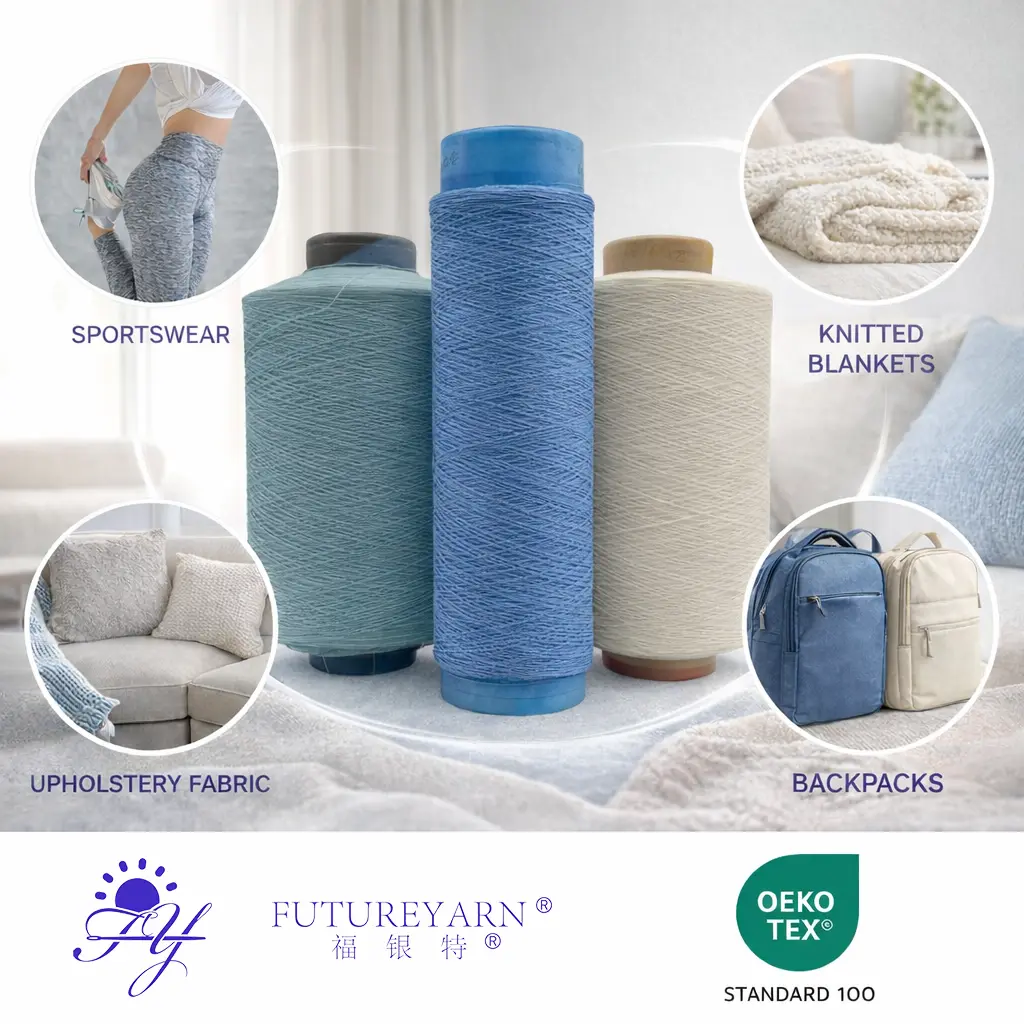As the tiny house movement continues to gain momentum, many individuals and families are embracing the minimalist lifestyle that comes with living in smaller spaces. However, maximizing space in a tiny house is not merely about downsizing; it requires innovative design solutions and strategic organization. In this article, we will explore advanced techniques and practical tips to help you make the most out of your limited square footage, ensuring that your tiny home is both functional and comfortable.
- Embrace Multi-Functional Furniture
One of the most effective ways to maximize space in your tiny house is to invest in multi-functional furniture. These pieces serve more than one purpose, allowing you to reduce clutter and optimize your living area. For instance, consider a sofa bed that can transform your living room into a guest bedroom or a coffee table that doubles as a storage unit. Look for ottomans with hidden compartments or dining tables that can be expanded when needed. By selecting versatile furniture, you can create a flexible environment that adapts to your lifestyle.
- Vertical Space Utilization
In tiny houses, floor space is often limited, making vertical space a valuable asset. Utilize your walls by installing shelves, cabinets, and hooks to store items off the ground. Floating shelves can display books, plants, or decorative items, while wall-mounted racks can hold kitchen utensils or tools. Additionally, consider tall bookshelves that reach the ceiling to maximize storage without taking up too much floor space. By drawing the eye upward, you create an illusion of a larger area while effectively utilizing every inch of your home.
- Smart Storage Solutions
Effective storage is crucial in a tiny house. Look for hidden storage opportunities in unexpected places. For example, utilize the space under your bed or sofa by incorporating drawers or bins. Consider built-in storage solutions, such as benches with lift-up seats or stairs with compartments. Use clear bins or labeled boxes to keep items organized and easily accessible. Additionally, think about vertical storage solutions like pegboards in the kitchen or bathroom to keep frequently used items within reach without cluttering surfaces.
- Open Floor Plans
An open floor plan can significantly enhance the sense of space in a tiny house. By eliminating unnecessary walls, you create a seamless flow between different areas, making the home feel larger and more inviting. Consider using room dividers, such as curtains or sliding doors, to create distinct areas without sacrificing openness. This approach allows for flexibility in how you use your space, whether it’s for entertaining guests or enjoying quiet time.
- Light and Color Choices
The colors and lighting you choose can dramatically affect how spacious your tiny house feels. Opt for light, neutral colors on walls and furnishings to create an airy atmosphere. Dark colors can make a space feel smaller and more confined. Additionally, maximize natural light by using sheer curtains or blinds that allow sunlight to filter in. Mirrors are another excellent tool for creating the illusion of space; strategically placing mirrors can reflect light and make your tiny home feel more expansive.
- Outdoor Integration
Don’t forget about the potential of outdoor spaces. If your tiny house has a porch, deck, or garden, consider integrating these areas into your living space. Outdoor furniture can serve as an extension of your home, providing additional seating and dining options. Use outdoor storage solutions to keep gardening tools or seasonal items organized. Creating a seamless transition between indoor and outdoor spaces can enhance your living experience and provide more room for relaxation and entertainment.
- Declutter Regularly
Living in a tiny house necessitates a commitment to minimalism. Regularly decluttering your belongings is essential to maintaining a functional and organized space. Implement a “one in, one out” rule, where for every new item you bring into your home, you remove an existing one. This practice helps prevent accumulation and encourages mindful purchasing. Consider seasonal decluttering sessions to reassess your belongings and ensure that everything you own serves a purpose.
Conclusion
Maximizing space in a tiny house is an art that combines creativity, functionality, and organization. By embracing multi-functional furniture, utilizing vertical space, implementing smart storage solutions, and maintaining an open floor plan, you can create a comfortable and efficient living environment. Additionally, thoughtful color choices, outdoor integration, and regular decluttering will further enhance your tiny home experience. With these strategies, you can transform your small space into a haven that reflects your lifestyle and values, proving that less truly can be more.

